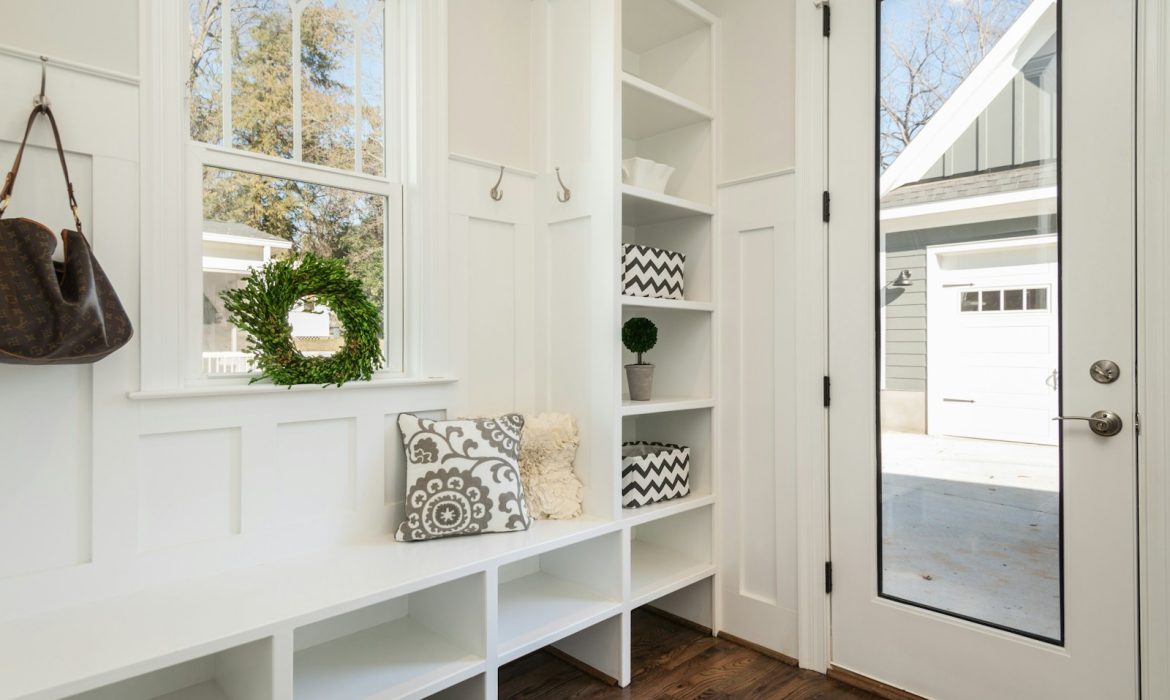While many dream of a big house, it’s also true that you can live well in a smaller, thoughtfully designed home. More of us are choosing smaller homes and flats, especially in cities. But let’s be honest: making a compact space work is a real design challenge.
That’s where clever thinking comes in. At Jocie Juritz, we use our combined experience in architecture and interior design to help people make the most of every inch. Whether it’s turning a studio flat into a calm retreat or making a tiny kitchen more usable, we believe small spaces can still feel open, stylish, and completely personal.
Here’s how you can do the same.
Plan Your Space Around How You Live
Before you buy anything or start rearranging furniture, ask yourself this:
What do I actually need this space to do?
Do you work from home? Love hosting friends? Need room for hobbies? Understanding how you live day-to-day will help you figure out what’s worth keeping, what’s getting in the way, and how to set up each area.
Try this:
- Skip the “traditional” room labels; your dining area can be a work desk by day.
- Focus on your daily flow. What do you reach for first thing? Where do you drop your keys?
Use a simple layout tool like Roomstyler or Floorplanner to sketch your space and test ideas, great if you’re visualising zones or furniture scale before buying anything.
Smart small-space design starts with your habits, not a furniture catalogue.
Pick Furniture That Saves Space
In a small home, every item has to earn its place. That doesn’t mean you can’t have beautiful furniture; it just means you need it to work harder.
Look for:
- Storage beds that hide out-of-season clothes or spare bedding.
- Extendable tables that seat two most days but six on weekends.
- Wall-mounted desks or fold-out tables that tuck away when not in use.
- Ottomans or benches that double as seating and storage.
Slim-legged, lightweight furniture also helps keep the space looking open—heavy, bulky pieces tend to make a room feel smaller than it is.
Use Light Colours and Mirrors to Make the Room Feel Bigger
One of the easiest ways to make a space feel larger is with colour and light.
Start with:
- Light, soft colours like off-white, pale green, or soft grey. These shades bounce light and create a calming feel.
- Mirrors placed across from windows to reflect light around the room.
- Glossy or reflective surfaces (even kitchen splashbacks!) to give the illusion of space.
Instead of one overhead bulb, use multiple light sources, like floor lamps, table lamps, and wall sconces. It makes the room feel cosy, layered, and less flat.
Add Storage Without Making the Room Look Full
Clutter is the quickest way to make a small space feel cramped. But hiding things doesn’t mean stuffing them into the nearest drawer.
Here’s what helps:
- Tall bookshelves or storage towers that use vertical space.
- Over-door hooks and hanging organisers for bags, towels, or coats.
- Under-bed drawers or boxes, great for shoes, bedding, or documents.
- Built-in storage that blends in with the walls.
With expert guidance, you can create clever storage solutions that blend seamlessly into your home—helping you hide clutter while keeping your space feeling open and fresh
Split Up Your Space Without Building Walls
If you live in an open-plan flat or a studio, creating separate zones can help your space feel more functional and less chaotic.
Try:
- Rugs to divide living and sleeping areas.
- Low shelving units or open bookcases to mark off spaces without blocking light.
- Curtains or folding panels to give privacy when needed.
You don’t need to build anything. Simple visual cues can do the job; and make your flat feel like it has more than one “room.”
Use the Walls and Ceiling, Not Just the Floor
Most people stop decorating at eye level. In small spaces, that’s a mistake.
Instead:
- Use tall shelving units to draw the eye upward.
- Hang plants, art, or pendant lights to fill empty vertical space.
- Store less-used items (like suitcases or books) above wardrobes or doors.
When the whole room is used well, from floor to ceiling, it feels intentional, not crowded.
Decorate Without Making It Look Messy
You don’t have to go full minimalist; but clutter makes a small space feel chaotic.
Tips to stay tidy but personal:
- Choose a small number of meaningful items and put them where they shine.
- Stick to a tight colour palette so things feel cohesive, not random.
- Use floating shelves or picture ledges to create displays without taking up surface space.
It’s not about having less—it’s about showing what you love in a way that feels calm.
Make the Most of Small Kitchens, Bathrooms and Hallways
These areas are often the tightest in a small home; but with a few smart tweaks, they can be just as stylish and useful.
Kitchen Tips:
- Drawer organisers keep utensils and tools in order.
- Slimline appliances save space without compromising function.
- Go for handleless cabinets and open shelves to reduce visual bulk.
Find small kitchen-friendly ideas and accessories from IKEA UK.
Bathroom Tips:
- Wall-mounted storage keeps the floor clear.
- Use mirrored cabinets to double up on purpose.
- Choose slim towel racks or hooks instead of large ladders or rails.
Hallway Tips:
- Add a narrow bench or wall shelf for shoes and keys.
- Hang a mirror to reflect light and make it feel more open.
- Use vertical coat racks to keep outerwear tidy.
- Try Real Home’s hallway tips for clever, compact styling
Small Spaces Can Still Feel Big on Style
Living in a small home doesn’t mean giving things up. It just means being thoughtful; and a little clever, with how you use the space.
By choosing the right furniture, using your walls, letting in more light, and keeping only what matters, you can turn even the tiniest flat into something that works for you.

